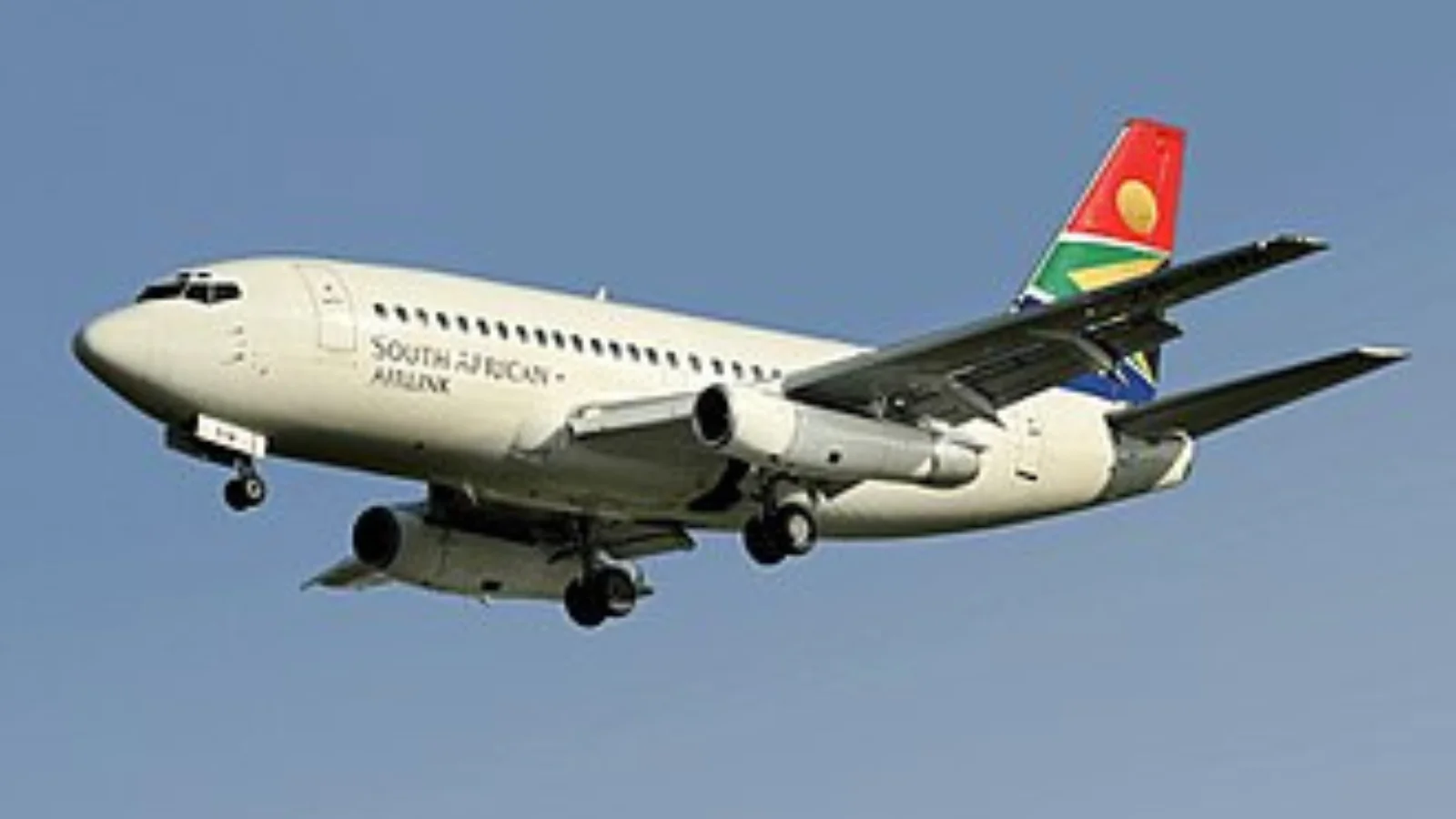The primary issue with the original 737-900 was its design limitations. Although it had a longer fuselage than previous models and could carry more passengers at lower per-seat costs, it retained the same emergency exit configuration as the smaller 737-800. This limited its maximum certified capacity to 189 seats—the same as budget carriers' configurations for their existing fleets—providing little incentive for those operators to upgrade or switch models.
Additionally, because it kept similar fuel capacity and maximum takeoff weight as earlier versions, any increase in payload directly reduced range. This made it less flexible compared to competitors like the Airbus A321, which saw ongoing improvements such as increased range and maximum takeoff weight that allowed for longer routes including transcontinental flights.
In response to these shortcomings, Boeing introduced an improved version: the 737-900ER (Extended Range) in 2005. The new model included optional additional emergency exits and design changes that raised its certified passenger limit to up to 215 seats. It also featured increased maximum takeoff weight and optional fuel tanks for greater range—making it more competitive on longer routes.
Despite these enhancements leading to better sales—505 units sold—the model still lagged behind rivals such as the Airbus A321. One reason was that although overall fuel consumption was lower than that of an A321 due to smaller size, fuel burn per seat remained higher because fewer passengers could be accommodated.
This trend continued with later models: while Boeing’s subsequent offering—the MAX series—introduced further improvements like greater efficiency and extended range (especially with larger variants like MAX 10), orders have not matched those of Airbus’s A321neo line so far. The MAX 10 is expected by Boeing to offer very low per-seat costs when certified but faces delays before entering widespread service.
Boeing’s efforts reflect broader trends in single-aisle commercial aviation: success depends on both operating economics (such as per-seat cost) and flexibility across different route profiles—a balance that proved elusive for early large-capacity versions of the classic narrowbody jet.
 Alerts Sign-up
Alerts Sign-up




































